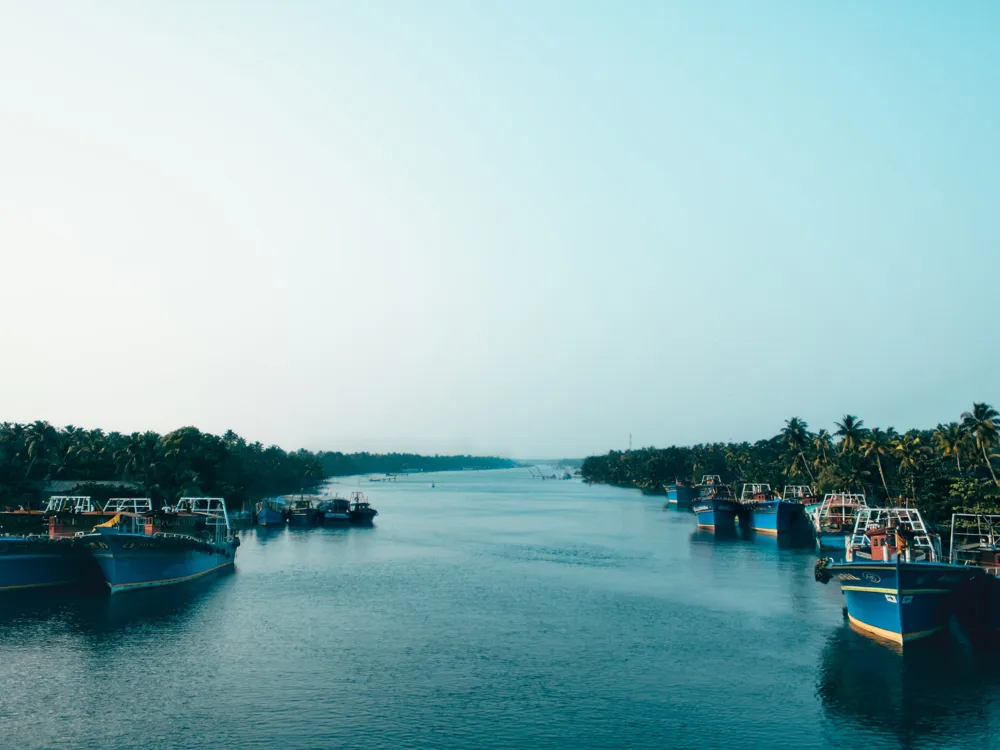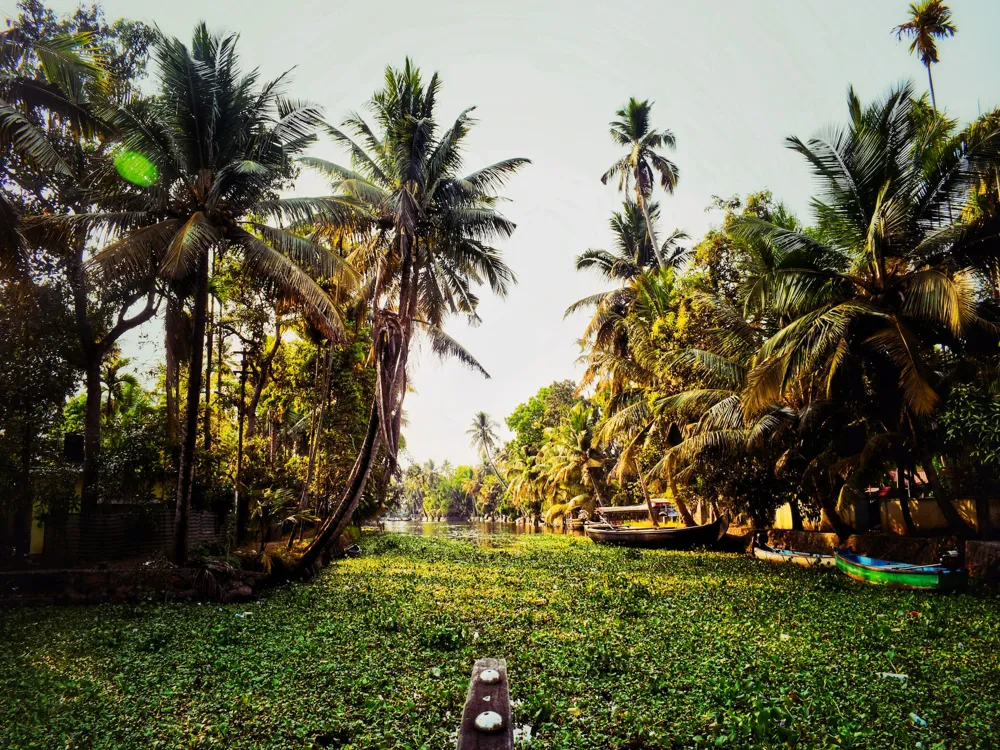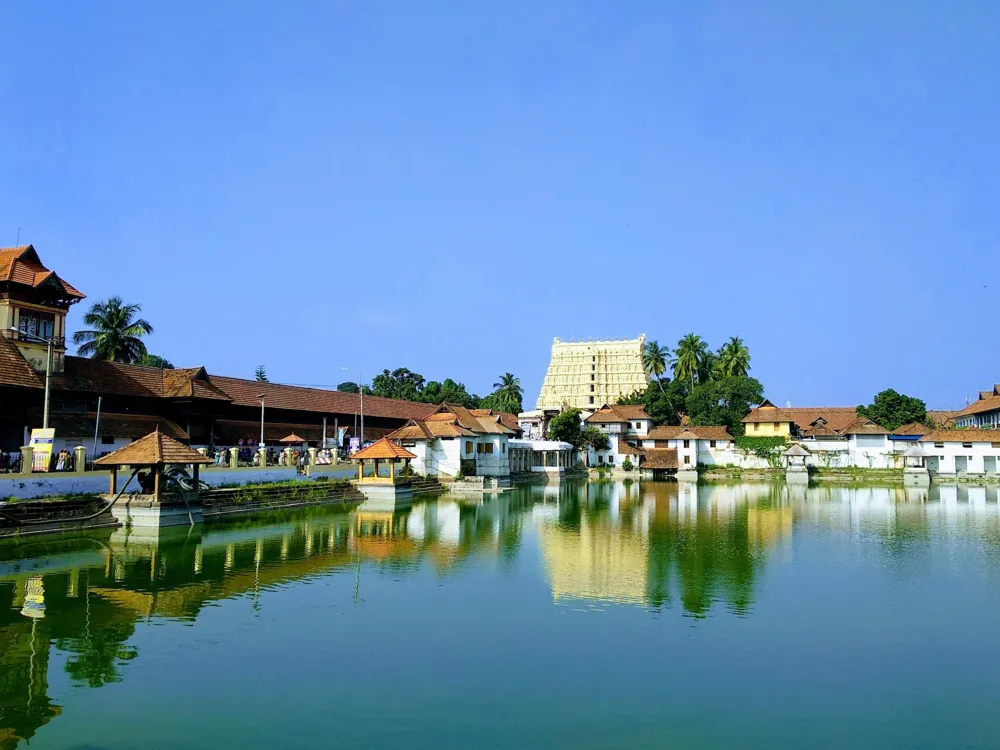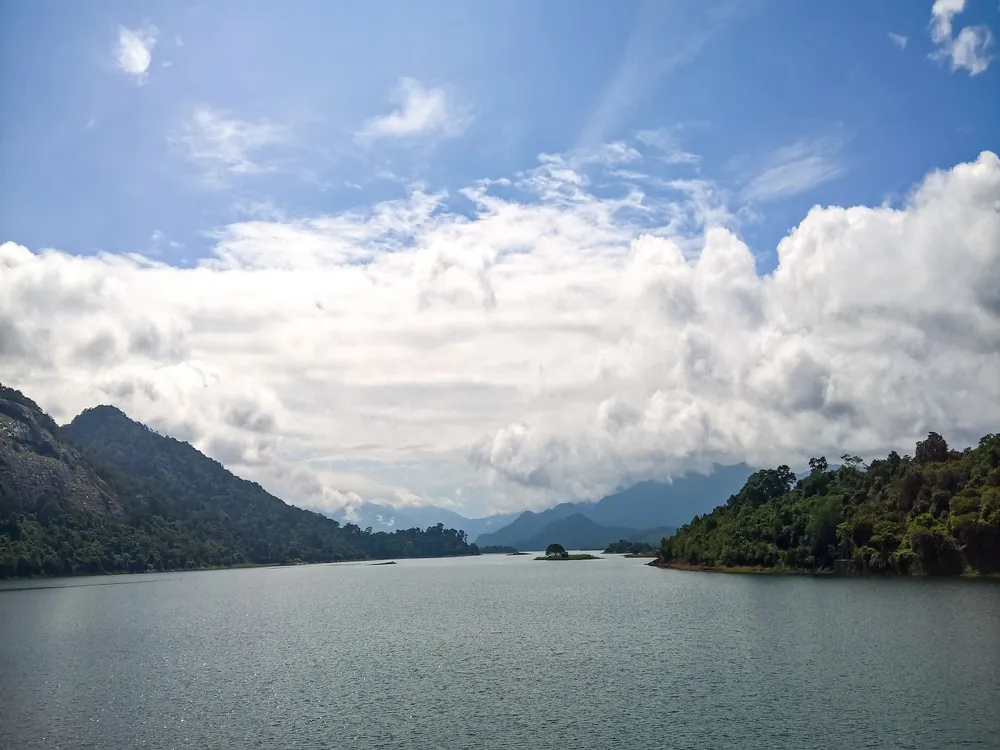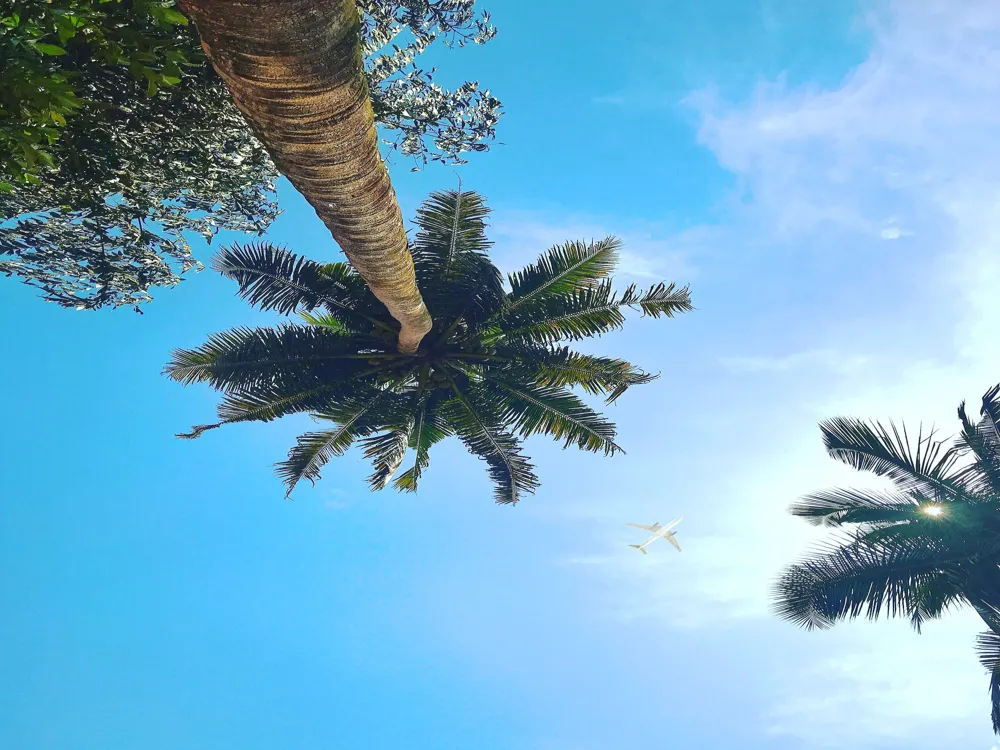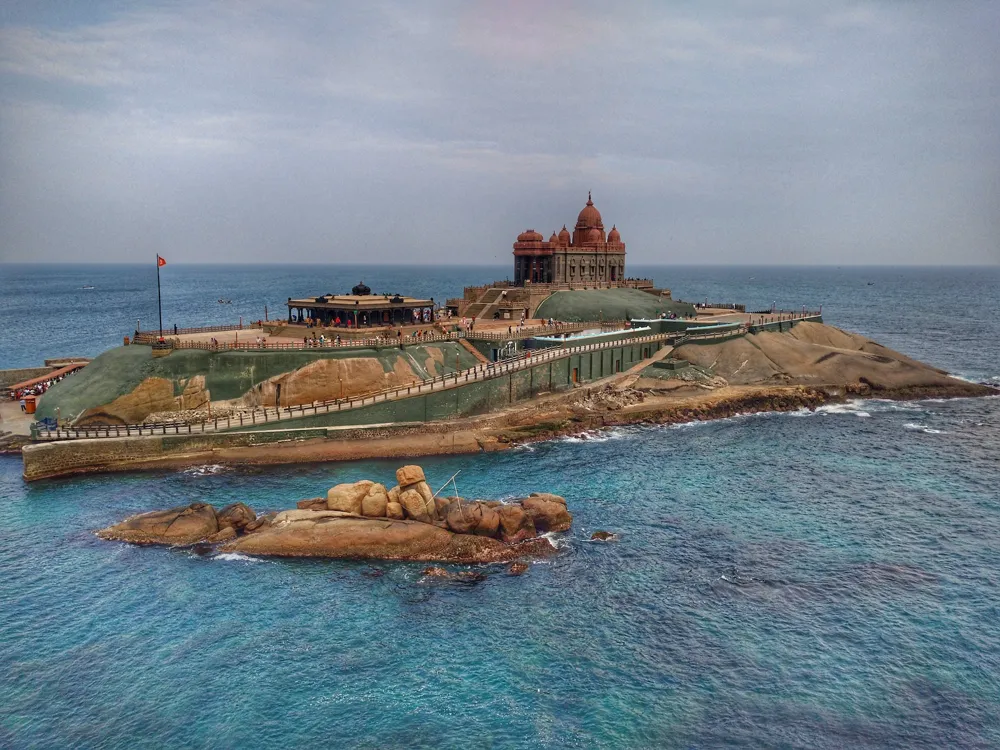Nestled in the serene landscape of Kerala, the Oachira Temple is not just a place of worship but a testament to the rich cultural and spiritual heritage of India. Located in the Kollam district, this unique temple stands apart in its architectural style and religious significance. Unlike conventional temples, Oachira Temple does not house an idol or a specific sanctum sanctorum. Instead, it is an open ground where devotees worship the Parabrahmam, or the universal consciousness. The temple's history is deeply intertwined with the legends and folklore of Kerala, making it a fascinating destination for both devotees and history enthusiasts. The Oachira Temple is steeped in history, dating back to centuries. It is believed that the temple has been a place of worship since the Vedic period, resonating with the philosophy of Advaita propounded by Adi Shankaracharya. This philosophy emphasizes the oneness of the individual soul and the universal soul, a belief that is vividly embodied in the temple's worship practices. The temple is also associated with various legends, one of them being linked to the Pandava brothers from the Indian epic, Mahabharata, who are believed to have visited this sacred site. The temple's annual festivals, particularly the Oachira Kali and the Panthrandu Vilakku, are renowned for their grandeur and attract thousands of pilgrims and tourists. The Oachira Kali, celebrated in June, is a mock battle commemorating historic martial arts and military tactics of Kerala. The Panthrandu Vilakku, held in November-December, is a twelve-day festival where the entire temple premises are illuminated with traditional oil lamps, creating a mesmerizing sight. The significance of the Oachira Temple transcends religious boundaries, serving as a symbol of universal worship and oneness. The temple's ethos aligns with the principle of 'Sarva Dharma Sambhava,' which means equal respect for all religions. This principle is reflected in the temple's open structure, welcoming people from all faiths to seek spiritual solace. The temple's setting amidst vast expanses of green fields and under the open sky offers a tranquil and meditative atmosphere, making it a unique spiritual destination in Kerala. The Oachira Temple stands out for its distinctive architectural style, or rather, the conspicuous absence of it. Breaking away from the traditional architectural norms of temple construction in India, Oachira Temple embraces the concept of worshipping the divine under the open sky. This concept is deeply rooted in the philosophy that the Supreme Being or the Parabrahmam is omnipresent and does not reside in just a confined sanctum. The temple complex is spread across a vast area, devoid of the typical structural components like the Sreekovil (sanctum sanctorum), Gopurams (temple towers), or even idol worship. The primary mode of worship involves offerings made to small stone structures called 'Parabrahma stones' or 'Parabrahma Silas,' which are scattered across the temple grounds. These stones, though simple in appearance, hold great spiritual significance and are believed to symbolize the formless aspect of the divine. Surrounding the temple is an expanse of green fields, which play a crucial role during festivals, especially during the Oachira Kali. The natural setting of the temple, with its open fields and the backdrop of the Kerala landscape, adds to its mystical charm. The temple's architecture, or the lack thereof, challenges the conventional notions of temple design, inviting devotees to experience divinity in its most elemental form. In terms of facilities, the temple is equipped to cater to the needs of the thousands of pilgrims who visit annually. There are basic amenities available for devotees, including bathing ghats, as the ritual of taking a dip in the nearby water bodies is an integral part of the worship practices here. Additionally, the temple premises also host several small shrines dedicated to other deities, showcasing the inclusive nature of worship at Oachira. As a place of worship and spiritual significance, it is advisable for visitors to dress modestly. Traditional Indian attire is recommended, but comfortable and conservative clothing is generally acceptable. While the Oachira Temple is unique in its worship practices, it's important to respect the customs and traditions. Observing silence in certain areas, participating in rituals with reverence, and following the guidelines set by the temple authorities enhances the spiritual experience. If you wish to experience the temple in its full vibrancy, plan your visit during the Oachira Kali or the Panthrandu Vilakku festivals. However, be prepared for large crowds and plan your accommodation and travel in advance. Kerala's climate can be humid, especially during the summer months. It's important to stay hydrated and use sun protection, such as sunscreen, hats, or umbrellas, when visiting the temple. Before capturing the beauty of the temple and its surroundings, check if photography is allowed. Some areas of the temple might have restrictions on photography to maintain the sanctity of the place. Oachira Temple is well-connected by various modes of transportation. The nearest airport is the Trivandrum International Airport, about 100 kilometers away. From the airport, one can hire a taxi or take a bus to the temple. The closest railway station is Oachira itself, which is well connected to major cities in Kerala and neighboring states. For those preferring road travel, Oachira is easily accessible via the National Highway 66, which connects Kerala to other parts of India. Local transport like buses, auto-rickshaws, and taxis are readily available for the final leg of the journey to the temple. Read More:Overview of Oachira Temple in Kollam, Kerala
Architecture of Oachira Temple
Tips When Visiting Oachira Temple
Dress Appropriately
Respect the Customs
Plan Around Festivals
Stay Hydrated and Protected
Photography Guidelines
How To Reach Oachira Temple
Oachira Temple
Kollam
Kerala
₹ 20,300 onwards
View kollam Packages
Weather :
Tags : Temple
Timings : 4:00 AM - 8:00 AM & 5:00 PM - 8:30 PM
Time Required : 1-2 hours
Entry Fee : No entry fee
Planning a Trip? Ask Your Question
Kollam Travel Packages
View All Packages For Kollam
Top Hotel Collections for Kollam

Private Pool

Luxury Hotels

5-Star Hotels

Pet Friendly
Top Hotels Near Kollam
Other Top Ranking Places In Kollam
View All Places To Visit In kollam
View kollam Packages
Weather :
Tags : Temple
Timings : 4:00 AM - 8:00 AM & 5:00 PM - 8:30 PM
Time Required : 1-2 hours
Entry Fee : No entry fee
Planning a Trip? Ask Your Question
Kollam Travel Packages
View All Packages For Kollam
Top Hotel Collections for Kollam

Private Pool

Luxury Hotels

5-Star Hotels

Pet Friendly








